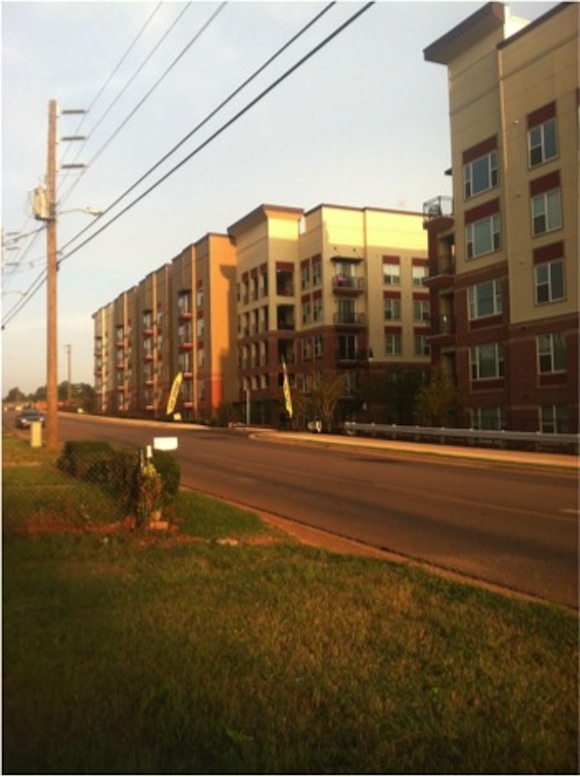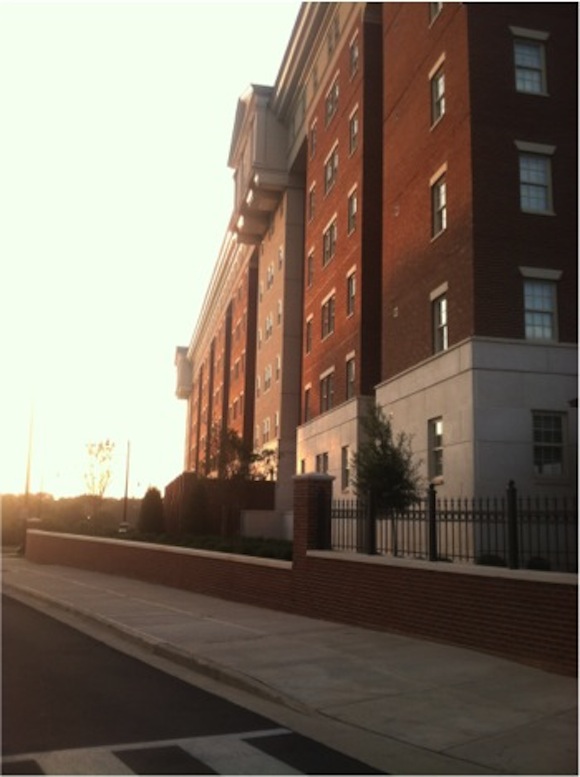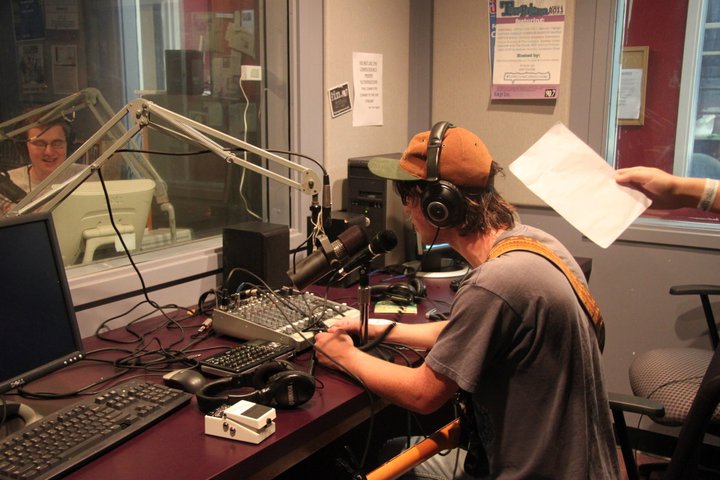By Evan Reier
Staff Reporter
etreier@crimson.ua.edu

A view of growth in Tuscaloosa, driven in large part by enrollment growth at the University of Alabama.
Over the past 183 years, Tuscaloosa and the University of Alabama have done a lot of growing together.
In fact, Tuscaloosa and the university has expanded more in the past 5-10 years than any decade before. The Presidential Village is the perfect example. One of the newest buildings on campus, it was constructed students who achieved the Presidential Scholarship and other honor students in mind. Off campus, the construction has been at an even greater pace. The Lofts, The Retreat at Lake Tamaha, The Woodlands among others have all sprung up in the past 5 years, and there are now 78 off-campus housing options for students, and this number will only continue to grow. This and various other developments like Midtown Village have made Tuscaloosa a different place than the town it was just a decade ago.
The primary cause of all this development is because of UA’s rapid increase in students. As of 2013, there were over 34,000 students on campus, and it is expected to be over 36,000 when UA releases the total number of students for 2014. This great influx of students is largely due to national attention brought to the University from the football program’s success.
The citizens of Tuscaloosa and the students of UA have varying opinions about the growth experienced by both the city and university. Many are thankful that the added traffic offers more jobs, experiences, and overall attractiveness to the city. However, others think that the growth is a change to be weary of, due to the fact that Tuscaloosa may not be ready for continued growth and that outside developers do not always have what’s best for the long term interest of the city in mind.
This varied opinion of students and citizens, along with the complaints that some students have filed over the past few years led to Mayor Walt Maddox to create a team. This team, called the Student Rental Housing Task Force (SRHTF), had a goal in mind to find and solve the problems of student housing and to improve the overall living situation in Tuscaloosa.
The team studied and analyzed various housing situations on and off campus, and made suggestions for the City Council to consider. All nine suggestions were accepted and integrated into city policy. However, the SRHTF noticed a serious over-saturation in the market, and that with continued development, the saturation could continue to grow.
The chairman of the SRHTF Bill Wright, is also a member of city’s Planning and Zoning Commission. Wright had a first-hand look at these issues. “It was such an influx of out-of-town developers,” Wright said. “Everybody saw what the tornado did, and it freed up so much land.”

Presidential 1, just one part of the Presidential Village. It is the most recently completed housing complex at the University of Alabama.
Wright said that he thinks the April 27th, 2011 tornado was a big reason for the boom. The tornado traveled through the center of the city, and destroyed almost everything on its path. “The city got so nervous, and wanted to start building and showing some results,” Wright said.
This is how the housing on McFarland Boulevard, as well as the Lofts, some of the Midtown’s housing, and others all came to be. However, there are major logistical issues with these development in this area. The complexes are unappealing to non-college students according to Wright and are generally expensive for single people.
“Our infrastructure is feeling the pain of all this,” Wright said. “And with the state in the financial situation they are, we don’t have any money coming.”
Tuscaloosa’s will indeed be pushed to the limits over the next decade or so, but Wright also stated that there is a lot of good coming out of all this: “We’re getting ‘new-to-market’ retailers, and lots of tax revenue [for the municipality]”
Mayor Walt Maddox said in an interview that the SRHTF did a fantastic job. “The biggest impact that task force is helping the City plan for the future by providing data and suggestions,” Maddox said. “The city must invest in infrastructure and personnel to accommodate and serve that growth. For every 1,000 new students it generates about five million new dollars in our economy.”
But the fear of a housing bubble is still real. And few want to be around if the bubble ever bursts.
If you have a news tip, then email news@wvuafm.ua.edu. Listen to Capstone News Now every Monday through Thursday from 3:30-5:00 PM and on Sunday nights starting at 10:00 PM.






